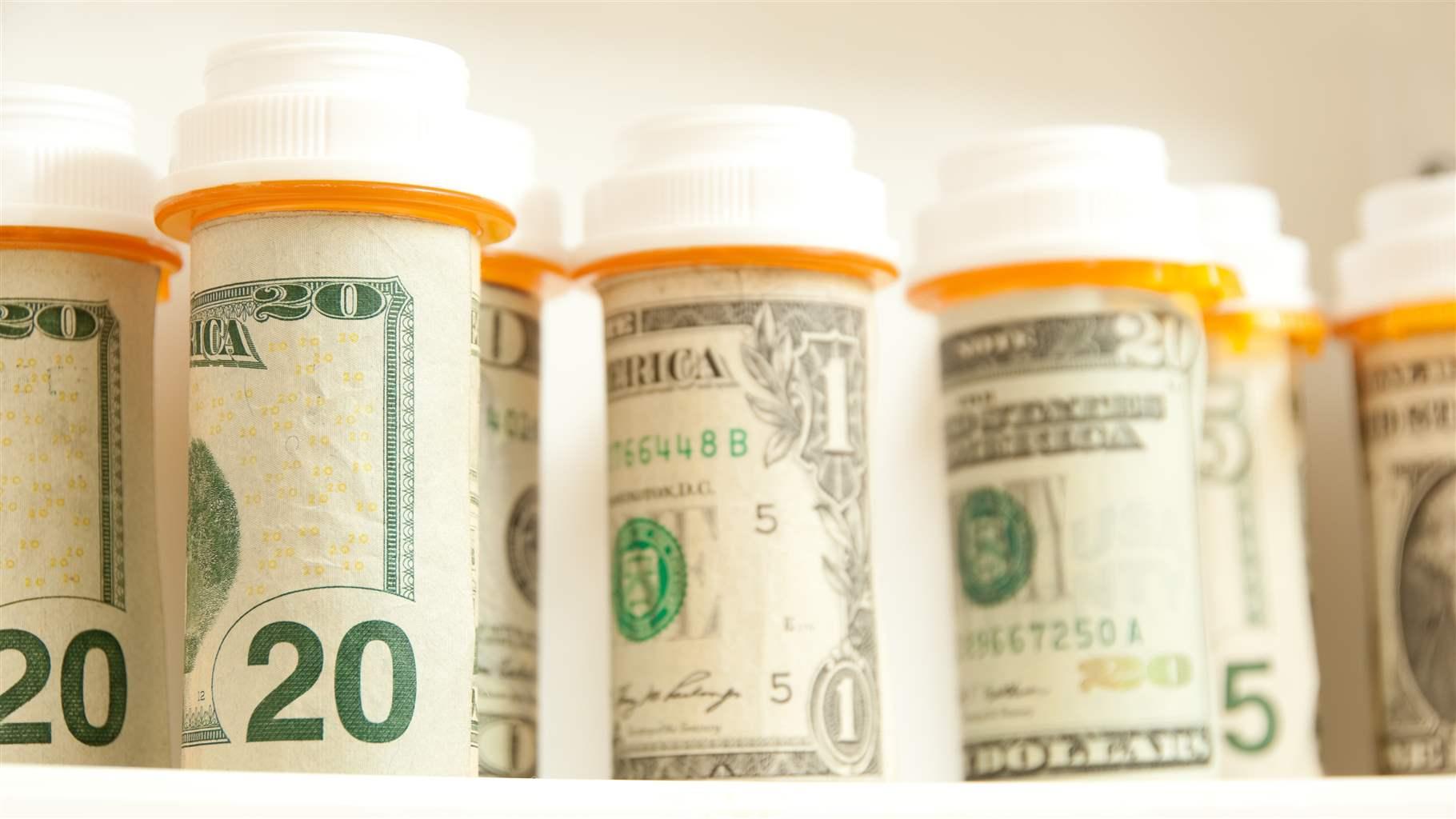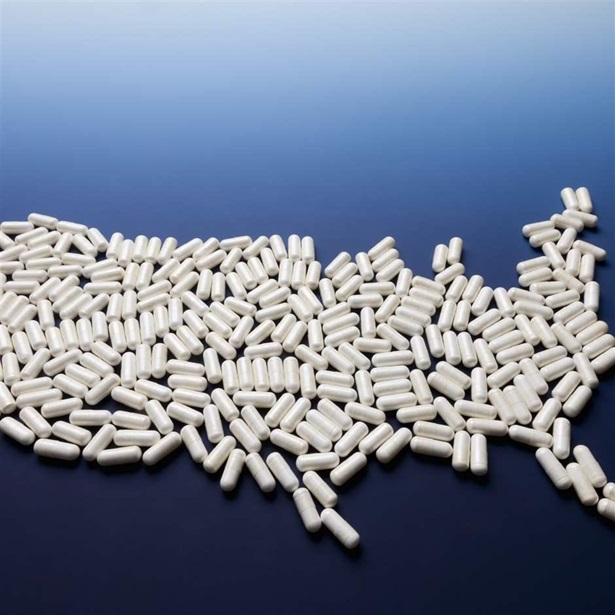Policymakers Seek Ways to Lower Drug Costs at the Pharmacy Counter
Legislators increasingly target pharmacy benefit managers’ use of ‘gag rules’ and ‘clawbacks’

Federal and state lawmakers continue to search for ways to lower the burden of high prescription drug prices on patients. Some are targeting what are known as “gag rules” and “clawbacks”—two practices that may cause patients to overpay at the pharmacy counter.
The role of pharmacy benefit managers
Pharmacy benefit managers (PBMs) are third-party administrators of prescription drug benefits. They contract with insurance plans or large employers to process pharmacy benefit claims, develop and maintain formularies, set patient cost-sharing amounts, and negotiate prescription drug prices with manufacturers, among other services.
Gag rules
Some policymakers and pharmacy trade associations assert that PBM and insurer contracts with pharmacies may contain provisions that prohibit pharmacists from telling patients that their prescription would be cheaper if they paid cash rather than using their insurance. For example, a PBM or insurer may institute a flat $10 copayment for all generic medications, regardless of whether the cash price is $5 or $15. A gag clause prohibits a pharmacist from telling the patient that the $5 cash price of a medication is less than the $10 copayment.
Although there is little public data on the existence or prevalence of such “gag rules” or “gag clauses,” a growing number of states have passed legislation prohibiting PBMs and insurers from including them in pharmacy contracts. These laws say that PBMs cannot prohibit pharmacists from informing patients that paying the cash price of a drug would be cheaper than filling the prescription using their insurance.
Clawbacks
In some circumstances, a patient’s copayment on a drug may be greater than the price the PBM or insurer has negotiated with the pharmacy for the same product. In these cases, the PBM or insurer contract may require the pharmacy to pay the PBM or insurer the difference between the patient’s copayment and the negotiated price for the drug—called a “clawback.” Most states that have prohibited gag clauses also have prohibited clawbacks. According to a University of Southern California analysis, as many as 23 percent of prescriptions in 2013 involved a clawback payment greater than $2.
Considerations for policymakers
In the past two years, several states have passed legislation to ban gag rules and clawbacks. Federal lawmakers also have also proposed legislation to limit these practices. For example, H.B. 5343 and S. 2554, were introduced in the U.S. Congress in 2018.
The Pharmaceutical Care Management Association, the trade organization that represents PBMs, asserts that benefit administrators’ standard practice is to provide patients with the lowest cost at the pharmacy counter. PBMs say the dollars they take back can help hold down costs and slow premium increases.
The impact of bans on gag clauses or clawbacks is hard to determine, in part because no published studies estimate how much money patients could save when these practices are restricted.
Also, in some circumstances, a patient paying a lower cash price for a prescription—instead of a higher price through the insurance benefit—may ultimately pay more over the course of the year. This is because monies paid outside an insurance plan may not count toward the patient’s deductible or out-of-pocket spending limit. Whether patients are better off paying the lower cash price depends on the specifics of their drug benefit design and the number of prescriptions they fill in a year.
Policymakers seeking to address gag clauses or clawbacks therefore should consider requiring insurers to accrue all drug payments, including cash payments outside insurance plans, to patients’ out-of-pocket limits.
Sean Dickson is an officer and Alisa Chester is a senior associate with The Pew Charitable Trusts’ drug spending research initiative.













